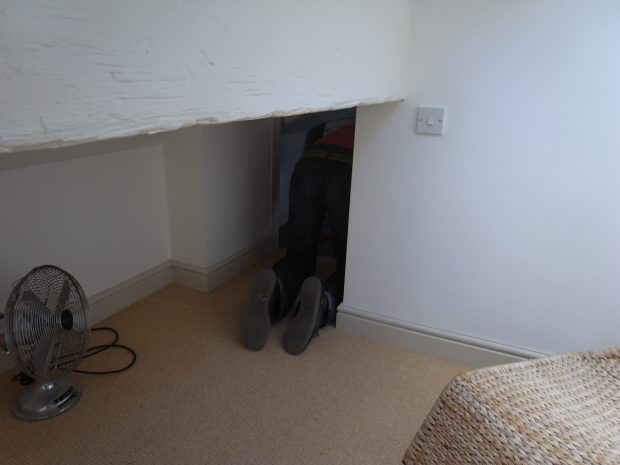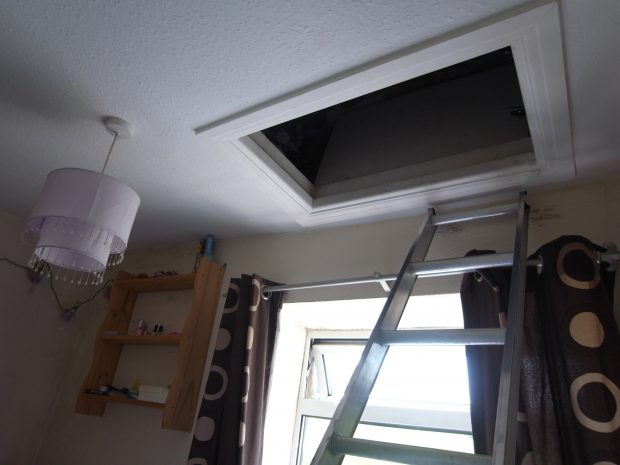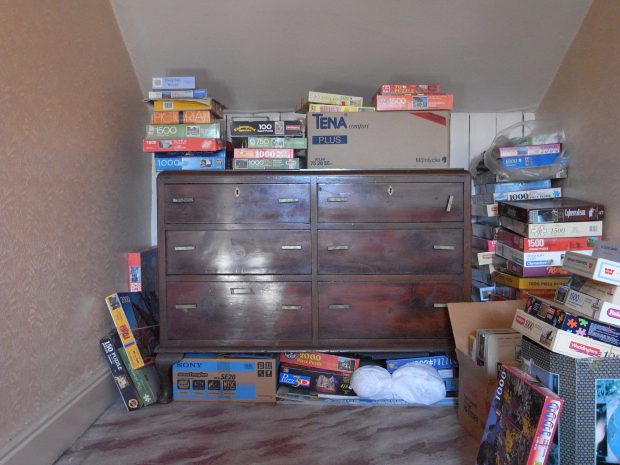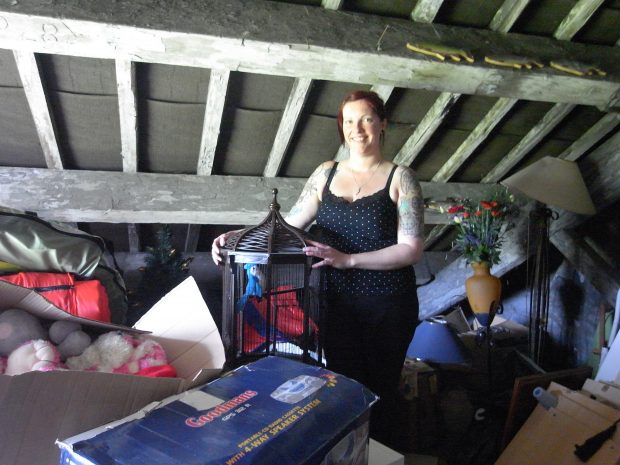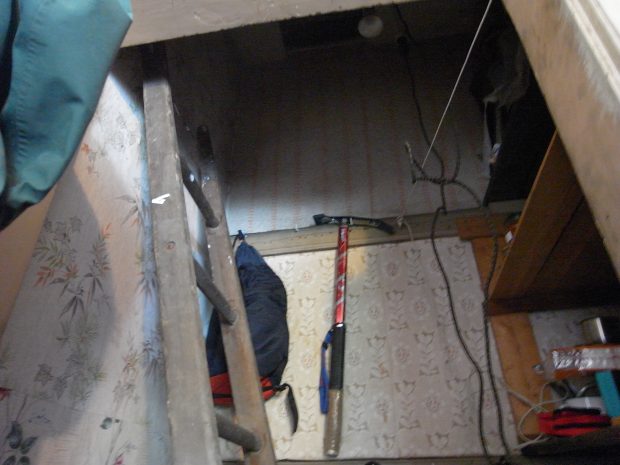The hidden collection at the Rossendale Museum is carefully tucked away in the attic, a treasure chest of exhibits that the general public rarely have the chance to enjoy. We were invited by Creativity Works to collaborate with the staff at the museum and develop two complementary projects that responded to this collection.
‘The hidden treasures of Rossendale’ was a research project documenting contemporary attic culture. Private attics and lofts can be viewed as a form of social history museum, each housing a unique collection of exhibits, and a variety of approaches towards archiving, storage and collecting. They are also spaces that have a particular resonance in Rossendale, due to the important role that they played in the early days of the woollen industry, when attics were often converted to use as small weaving workshops.
We visited a variety of lofts in Rawtenstall and talked to their respective curators. What kind of treasures and possessions are stored or hidden away in the loft, and what does this reveal? Each loft becomes a private social history museum, with a unique collection of exhibits. Can we find any links between the treasures we find in contemporary lofts, and the exhibits in the museum?
The audio and photographic documentation that has been collected from these encounters will be used to create a gallery of portraits, and an audio tour of Rawtenstall that can be offered to future visitors at the Rossendale Museum. These tours will encourage visitors to view and interact with the town as a museum, while exploring potential ways of archiving, curating and presenting such an exhibition.
